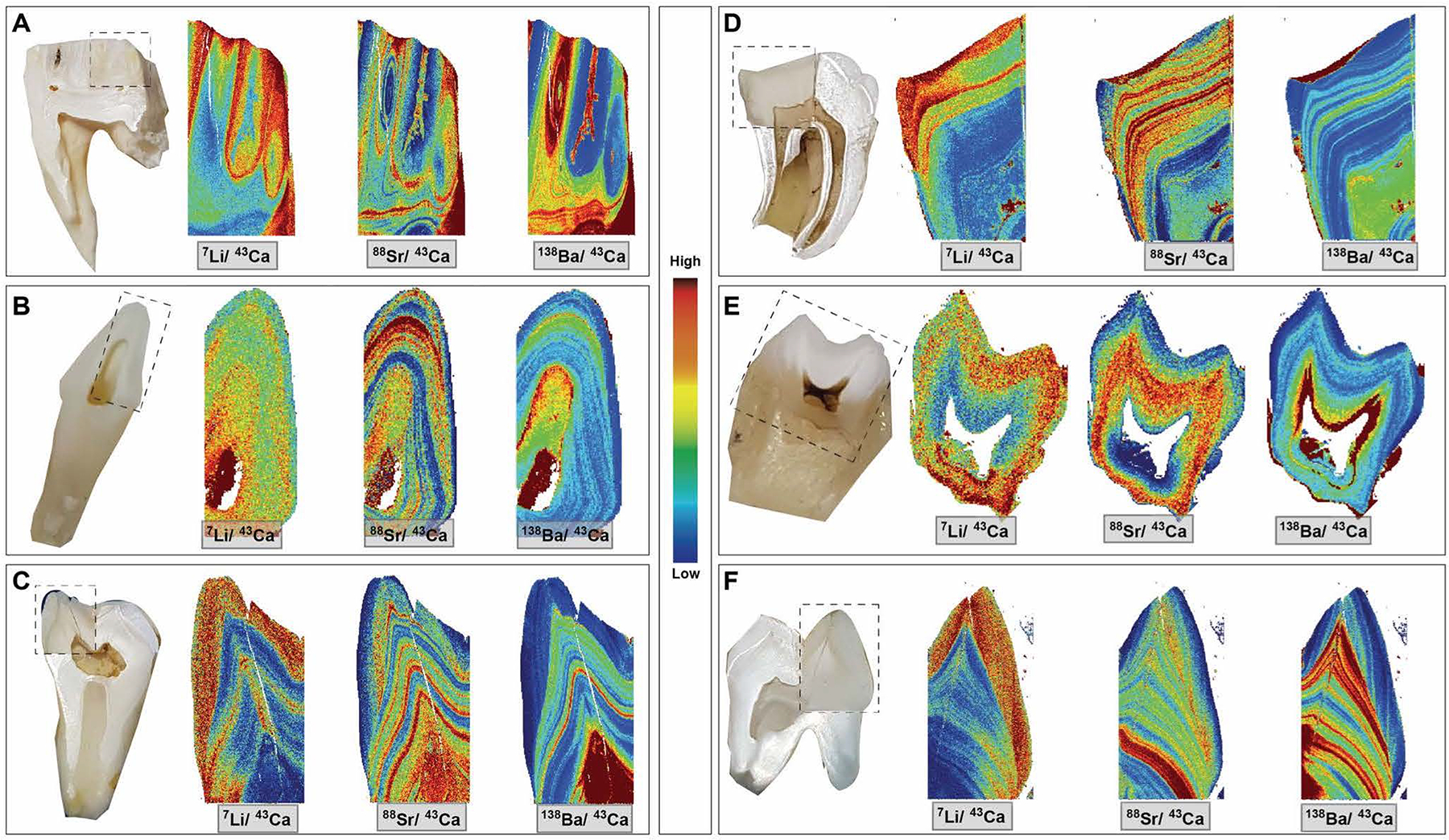Extended data Figure 5 -. LA-ICPMS trace element mapping of primate and non-primate mammals:

All teeth specimens are from the grassland-dominated ecosystem of South Africa (frequently referred as savanna) and were recovered from wild modern animals. (A) Antidorcas marsupialis (M2) - Herbivore; (B) Caracal caracal premolar (P4) - Carnivore; (C) Papio ursinus third molar (M3) – Omnivore/opportunistic; (D) Potamochoerus porcus first premolar (P3) - Omnivore; (E) Otocyon megalotis second molar (M2) - Carnivore; (F) Papio ursinus first molar (M1) - Omnivore/opportunistic. All mammals exhibit Ba/Ca and Sr/Ca banding (except for (E) where no Sr lines can be observed). Li/Ca banding is absent from animal teeth except from the two Baboon teeth (C and F) and perhaps the hog tooth (D). In fact, the Ba/Ca banding pattern in Papio is very similar to the one observed in A. africanus, apart from the lack of clear periodicity, the baboon teeth are comparable to those of the australopiths. Baboons have a unique nursing cycle and an opportunistic seasonal feeding habit.
